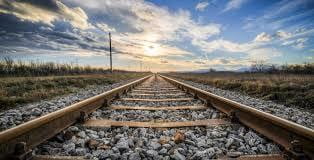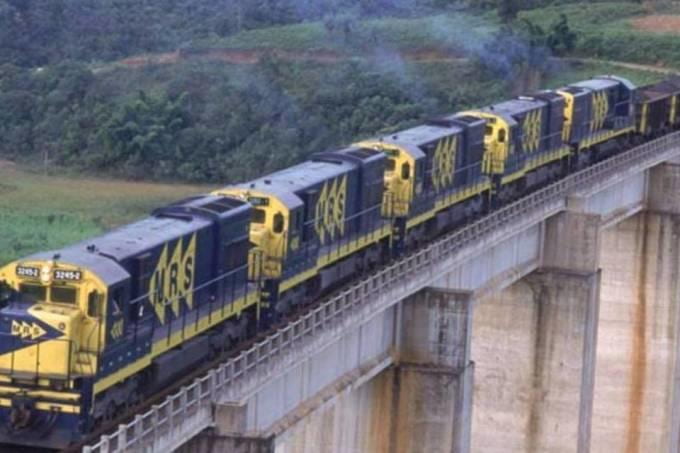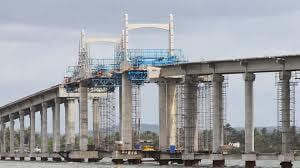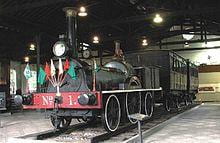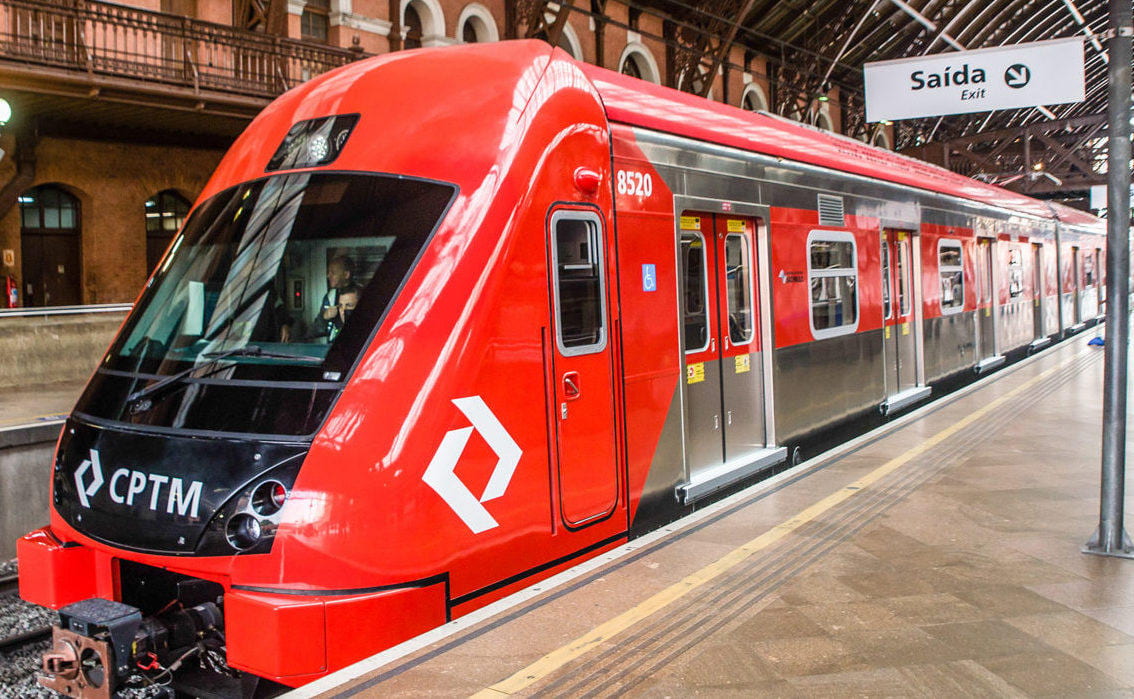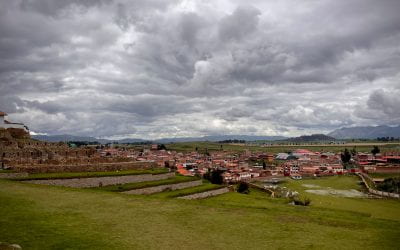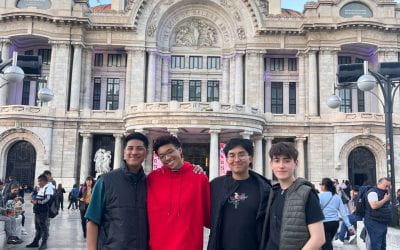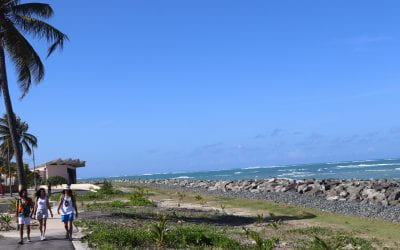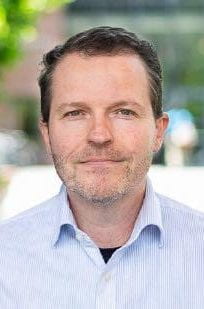
About the Author
Reinaldo Fioravanti is a Mason Fellow, Mid-Career/MPA Student at the Harvard Kennedy School. He currently serves a Lead Specialist at the Inter-American Developing Bank based in Washington, DC where he lead the structuring of large infrastructure projects in Latin America Region. He holds a Master of Engineering from The MIT/Zaragoza Logistics Center and a Phd from The State University of Campinas, Brazil.
Building Trust and Connecting Dreams
The Role of the Private Sector in Infrastructure Development, The Case of Rails in Brazil
I remember very vividly that in third grade, I lived at a walking distance from my school, and I used to walk with my classmates. We took the time to catch up on the homework and show off our new soccer players cards.
It was a nice 10-minute walk. However, twice a week, we had to face a quite interesting obstacle: There was a train station near the school. Every other day, a cargo train parked there, probably to refuel, load and unload. The problem was that the track was right between my house and the school, so we had few options to get to the school: we could either wait the train to leave (usually another hour) or walk around (probably an hour or so). Our solution was to skip between the train wagons.
Crossing over the couplers was quick and fun. We did not mind at all, and even some parents of younger kids used to join us. Looking back, it was a very dangerous thing to do, but this is a very nice memory I have of my childhood.
When I visited my hometown last year, the tracks made way for a large avenue and the train station had become a shopping mall. Crossing the avenue now is the biggest challenge for the kids, but a bypass now allows them to cross without problems.
Meanwhile, railroads remain part of my life. I’ve been working in recent years for the Inter American Development Bank (IDB) helping Latin American countries to design and finance large infrastructure projects including rails, ports and airports. That’s avery personal vision for me—especially the railroad part. Despite the lack of bypasses and other measures to reduce the disruption in my hometown, nobody complained because we knew the train was doing something important!
Railroads in Brazil go back a long way; the first railway in Brazil was built in 1854 connecting Port of Mauá, in the Bay of Guanabara to Raiz da Serra in Rio de Janeiro with only nine miles of track , through a concession to local entrepreneur Maua Baron to export agricultural commodities. By 1950, the country had in total of 24,000 miles of railways. However, over the years, highways were prioritized, and now the the Brazilian rail network has shrunk to around 18,000 miles. Currently Brazil moves only around of 15% of its total cargo through railways, compared to 37% in China, 43% in the United States and 81% in Russia.
Railways have an important role in the transportation network mainly on countries with large territories like Brazil; they are more cost-efficient and more climate-friendly, specially for large distances and high-volume cargo. So what happened? Can we bring railways back in Brazil? Does that make sense?
During this academic year at the Harvard Kennedy School (HKS), I had the opportunity to take a deep dive into the study of infrastructure finance and public-private partnerships (PPPs) in which the private sector is given the right to operate public infrastructure to provide a public service. I worked with Professors Akash Deep and Henry Lee, examining more than 50 cases worldwide of such collaborations.
Many challenges exist to making effective PPPs. Designing projects that at the same time provide the service citizens need and attract private players is a complex endeavor.
High upfront investment, construction risk, cost of leveraging financing, a long term to return the investment, and, of course, the political risks, sometimes scare investors and policymakers. On the flip side, there are many opportunities for bringing in private players to improve infrastructure efficiency and create value for both sides. There is no panacea and we have to realize that businesses are driven by profit, so the challenges of policymakers is to find the equilibrium, many times with a need for strong government regulation.
Latin America is a region that grows faster than others and with huge gap in infrastructure. This makes PPPs a priority because much value can captured by private companies, resulting in payoffs for both for business and users. It is the role of policymakers to make that match.Structuring PPPs is more expensive and takes longer than developing public works. However, PPPs are usually more transparent, tend to transfer the risks more equally and, as we balance the different stakeholders and align the interests, there is a lot of value to be captured.
Right now, there is liquidity in the markets and trillions of dollars looking for long term investment with stable returns, like pension funds and insurance companies; and infrastructure projects are the best match for that. The same private appetite that guided the Maua Baron in 1852, is mobilizing fund from all over the world if the project is well designed. Furthermore, private operators with experience in Europe and Asia have a lot of efficiency gains to bring. They have access to technology, finance and have solved many of the problems our region is facing.
In the case of Brazil, the federal government is working to reactivate many cargo railways that can transform the country logistics and also some states, like Sao Paulo, are investing in expanding passenger rail connecting the capital to surrounding cities. Nobody can say it is going to be easy but is a challenge worth to take!
Connecting investors and business to the public services is a good way of doing public policy. Investors will come if government have a clear vision, transparency, and good projects. And public officials will trust private players that have a clear value proposition and are willing to take some of the risks. There is no free lunch.
We need build trust between government and private companies, we need to build transparent relationships and competition. And we need make policies that our citizens understand and policies that understand the business of the private sectors. Also, we need to care for the most vulnerable, so we cannot forget that efficient regulation is needed.
It is possible that if we create trust, if we create transparency, we can balance the public and the private roles.
As I graduate from my mid-career program at the HKS, I go back to the Bank to make my contribution. I am eager to find new ways to bring in more private sector actors to provide public services. We need more rails, more roads, more airports, but we cannot forget the bypasses near schools, and we need to take care of the most vulnerable in the process. By solving this equation, we can make the people once again proud of their infrastructure! We can build trust and connect the dreams of our people for more development and quality of life. I still hope one day I can bring my kids to my hometown and show them the train I used to skip when I was a little boy.
More Student Views
Andean Cultural Landscapes in Danger: The Chinchero International Airport
English + Español
Cusco stands as one of the most culturally and ecologically captivating regions globally.
Blossoming Bonds: Beauty and Belonging in Mexico
When I heard the news about my upcoming trip to Mexico, a surge of excitement coursed through me, and I immediately felt the urge to share this exhilarating news with my close friends and family.
Weapons of Mass Construction: Building a Puerto Rico for the People
I zip up my raincoat and turn on my headlamp as we tread along a damp trail in El Yunque National Rainforest, Puerto Rico.


